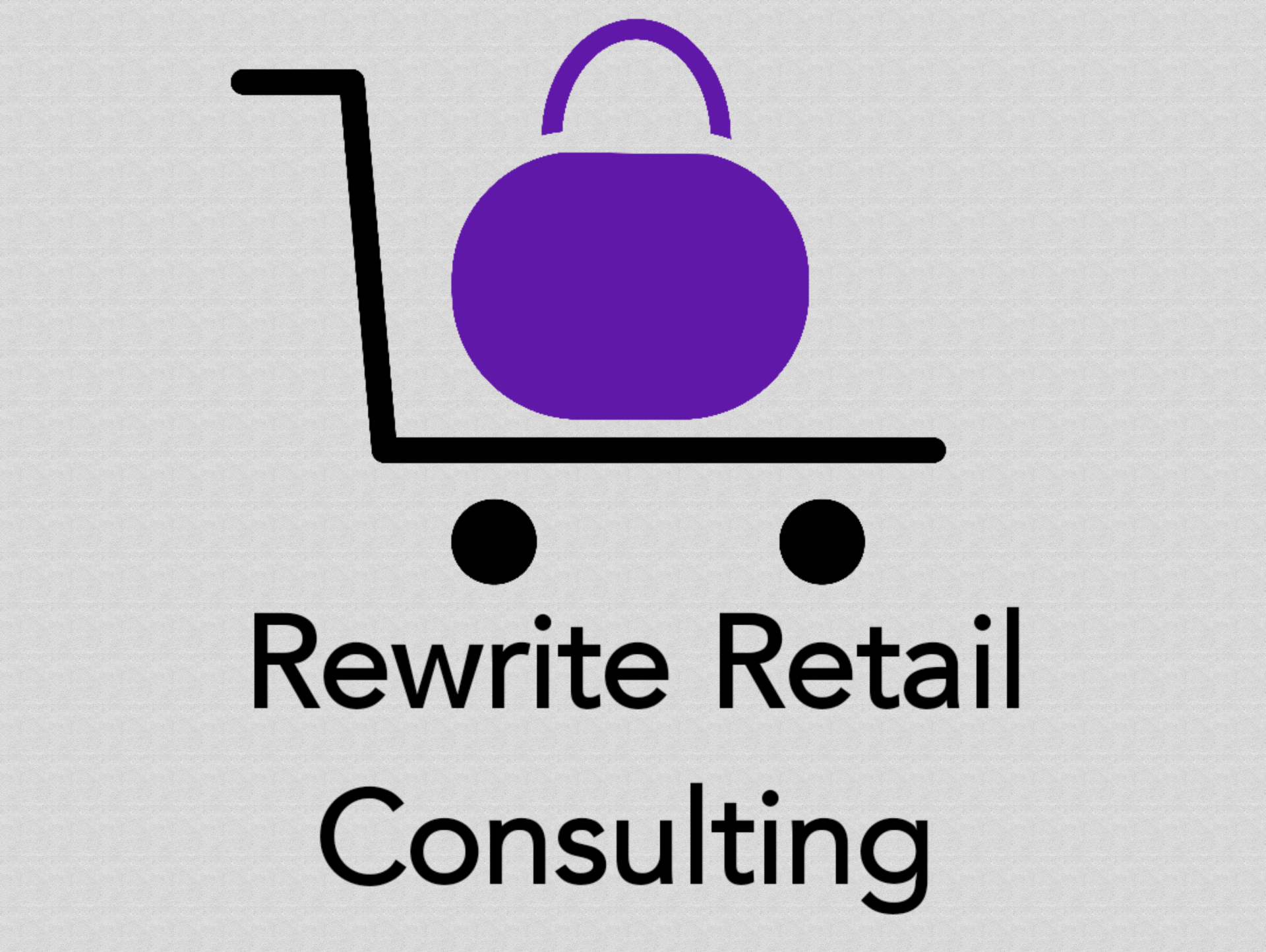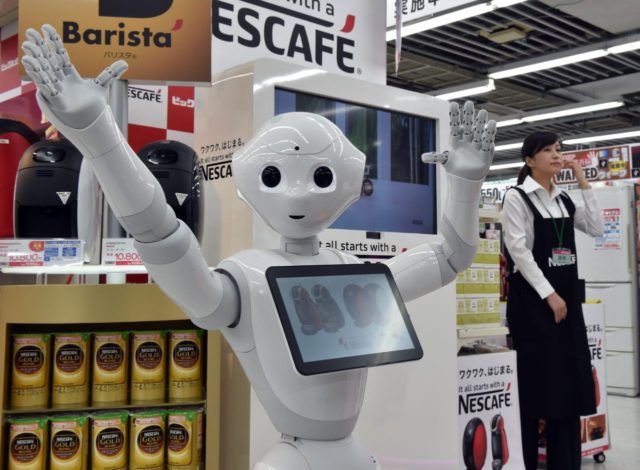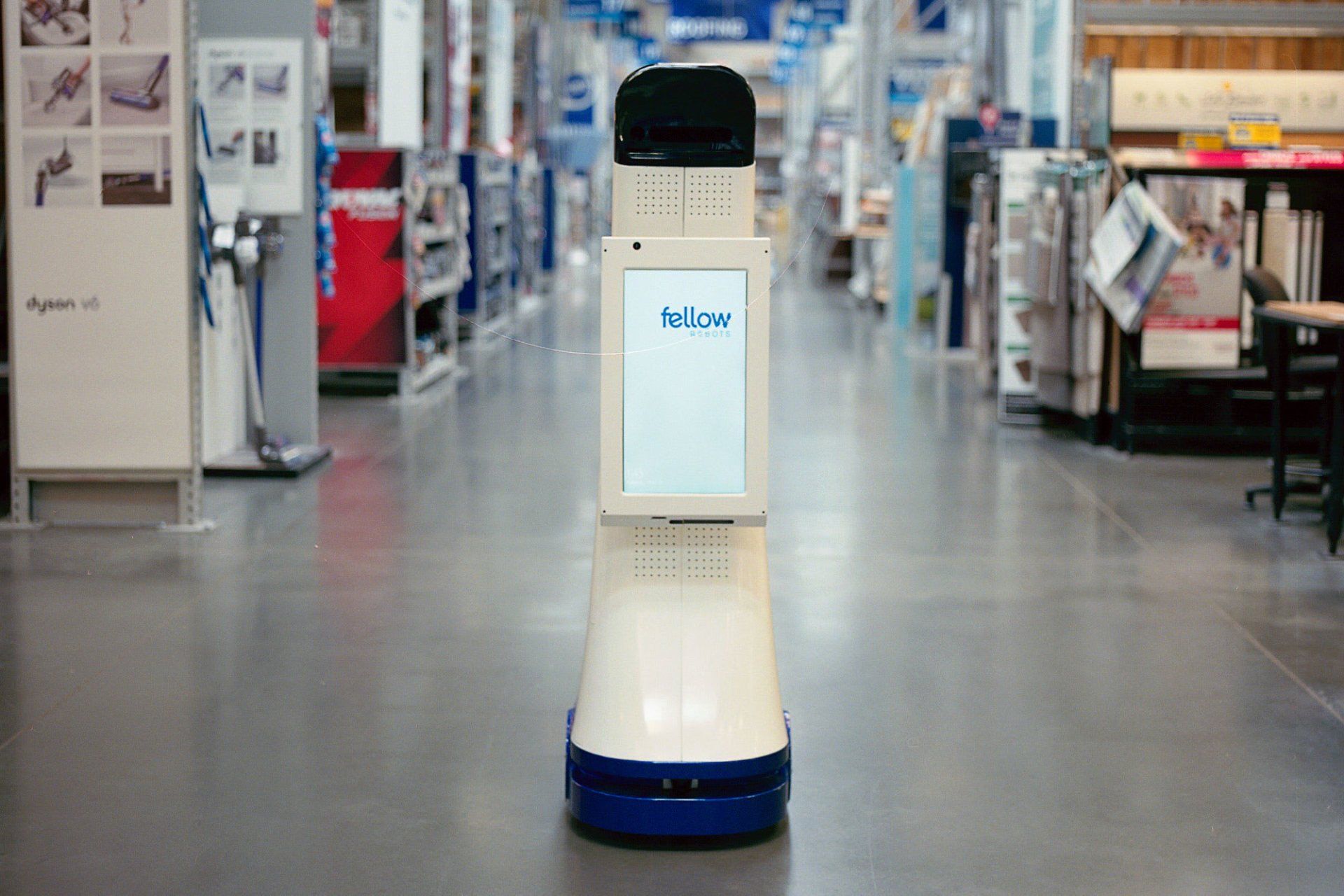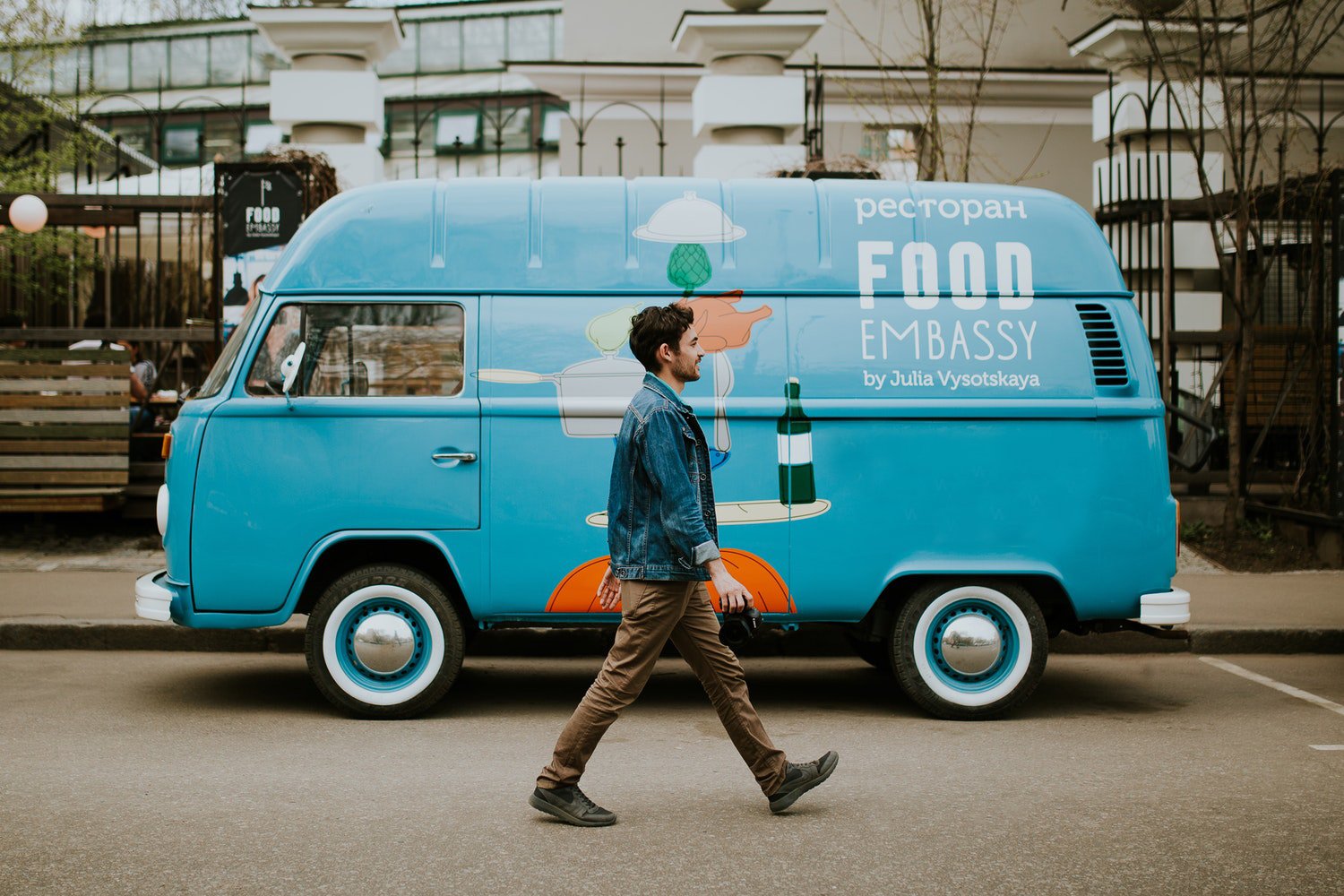Pepper's instore friendly Robot
Retail Apocalypse or Retail Re-imagined?
Sara Prowse • January 27, 2020
Retail Apocalypse or Retail Re-imagined? Fasten your seat belts, as we are sitting on the cusp of yet another wave of transformational change. New technologies and expectations are emerging and an evolving consumer is looking for a fully personalised shopping experience. These lofty expectations are setting fire to another, potentially bigger, wave of innovation.
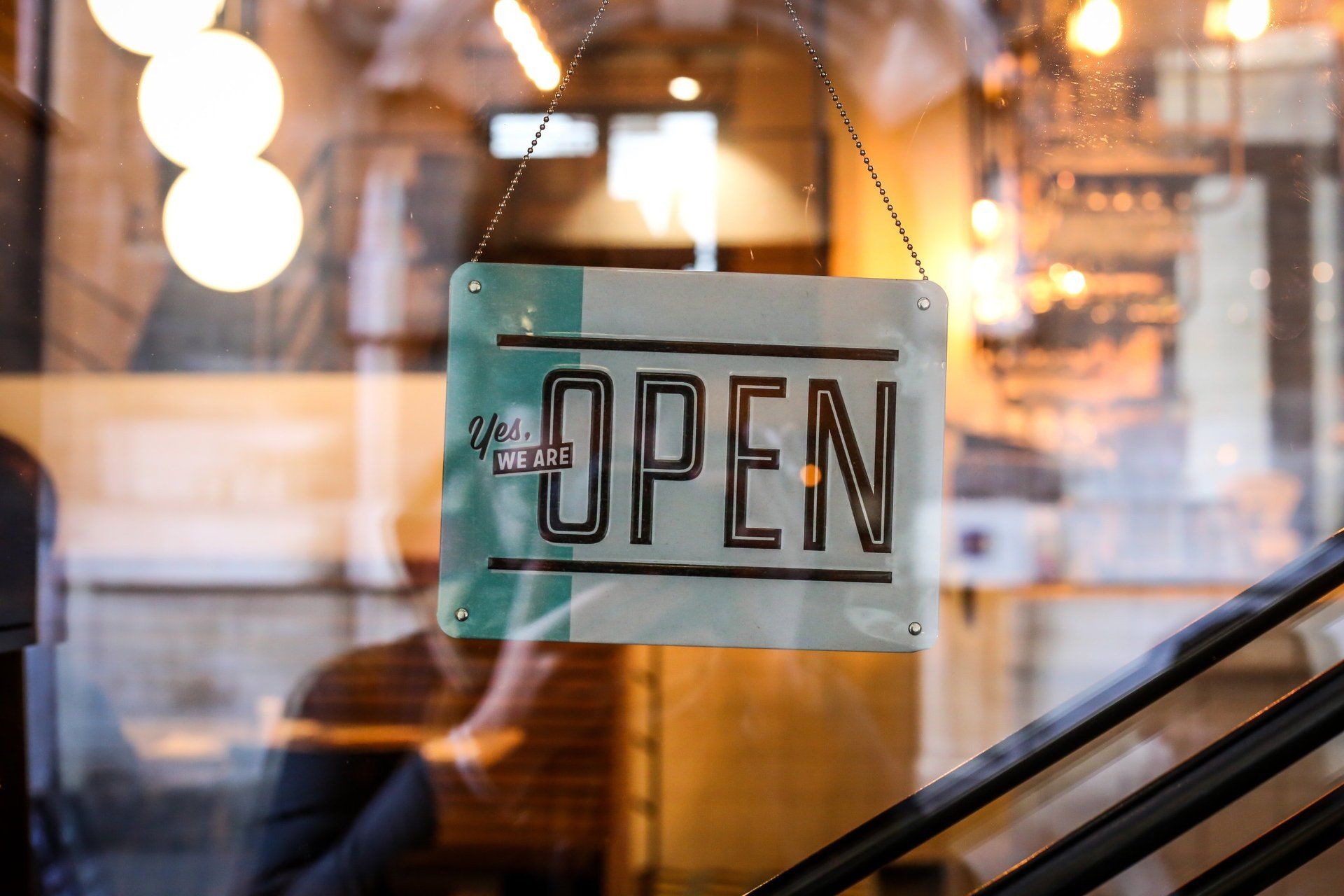
This has been an un-precendented few years in retail. With over 2000 doors closing in the UK in 2019 and over 9000 in the US. Online, changing consumer shopping habits and high rent and rates have been cited as major causes for the troubled high street....but what does it mean to the future of the store?
What it means is that retail is evolving, and retail brands need to, if they have not already, re-imagine and rewrite their retail strategy, to one where the consumer is in the driving seat. The future will belong to those that prioritise the consumer, and the experience in-store and online and everywhere in between.
Re-think the role of the store.
No longer can you evaluate a store based on its ROI in isolation.
You need to consider it in relation to your wider business strategy. Does it have value as a logistic hub, how does it fit into your omni channel strategy? how does it fit in your customer experience journey? and what is its value as "media"?
Stores are one of the most powerful Ad campaigns a brand can have. Driving significant brand awareness, bringing brand values to life with real authenticity. Consider the store as a media spend....what would it be worth in acquisition and retention terms?
Many brands are doing exactly that, and as such expect to see more spectacular retail from the big brands as they brand build with vibrant, social experiential flagship stores. More pop ups and a more creative approach to in-store retailing which is vibrant, social, and authentic, where experience is everything.
Don't think of it as a "store": Apple the king of retail innovation doesn't. The giant tech brand doesn’t want its customers or employees to think of its locations as merely “stores” – and has stopped using the word. It’s the experience that’s being pushed, and that experience is “Apple”.
Leverage customer data.
It's the most valuable asset a consumer business has. Today’s shoppers prioritise exceptional customer experience. They are willing to provide their data, but they expect a great experience in return. For brands this means delivering on the promise of personalisation, expert service, always-in stock and seamless cross-channel shopping. Using data to drive personalisation has been seen as part of the online play book, but now it's being harnessed in stores, with many brands now doing this brilliantly in the physical store.
Nike - House of Innovation store in New York, integrates the Nike+ membership app.
The app uses geofencing technology to automatically detect when the member enters a store and updates their app with essential features to use in-store: recommended products, exclusive experiences and self check out in store.
Fabletics - Allows customers to link to their online membership profiles during their in-store visit, allowing personalised product recommendations, the ability to request different sizes and colours, check an item’s availability, or even get styling tips without having to leave the fitting room.
Tech Innovation.
Technology has been used in store in the last few years to make things faster and more efficient and it will continue to be used to remove barriers and pain points in the customer journey. But now it is really starting to explode in many new ways, enabling interactive experiences, theatre, and elevating the customer experience in more meaningful and exciting ways, such as immersive product experiences, augmented and extended reality, biometrics, and robotics.
The Gap - To avoid going through the hassles of finding clothes that fit perfectly, Gap have created the “DressingRoom” app that allows users to try out a dress on a virtual mirror, cutting down on the time and effort of going into a fitting room. With the availability of this app, shoppers are able to try an outfit and pick the one that best fits their sizes and tastes
Alibaba's fashion AI concept store allows shoppers to check in with a QR code or via facial recognition. When the customer then picks up a product they automatically appear in a smart mirror. The mirror subsequently suggests outfits to complete the look either based on the customer’s previous purchases or the store’s latest products
The use of robots in the supply chain is quite common but now many brands are using them in store: Pepper, Loews, Walmart to name but a few.
Finally, the human touch....
The social aspect of shopping should not be under-estimated. Shopping is a social experience, and whilst online shopping has gone social, nothing can re-create wandering through a store with friends. No amount of technology can ever replace human touch and interaction. An algorithm could choose the perfect dress, but it won’t be able to listen to a customer share her excitement about how the dress looks on and about the special event she is shopping for. Retailers are capitalising on this by empowering their employees to create vibrant and social spaces, and a real sense of local authentic community.
Rapha the cycle brand have brilliantly created their whole proposition in this way.
Their clubhouses have created loyal, social communities, with organised and sponsored unique rides and events.
Shopping at IKEA is different than shopping at other furniture stores, the Swedish brand create a unique experience for its customers. "Come for the food, stay for the sofas". "Instore once in a lifetime sleep over events".
If ever there has been an exciting time to work in retail, the time is now, and we are just getting started. If there was one silver bullet, it's put the customer at the heart of everything.
Outside of that the ways in which retail fortunes will be won and lost are still very much being
re-written.
But be warned this shift to consumer-focused retailing is as exciting as it is competitive.
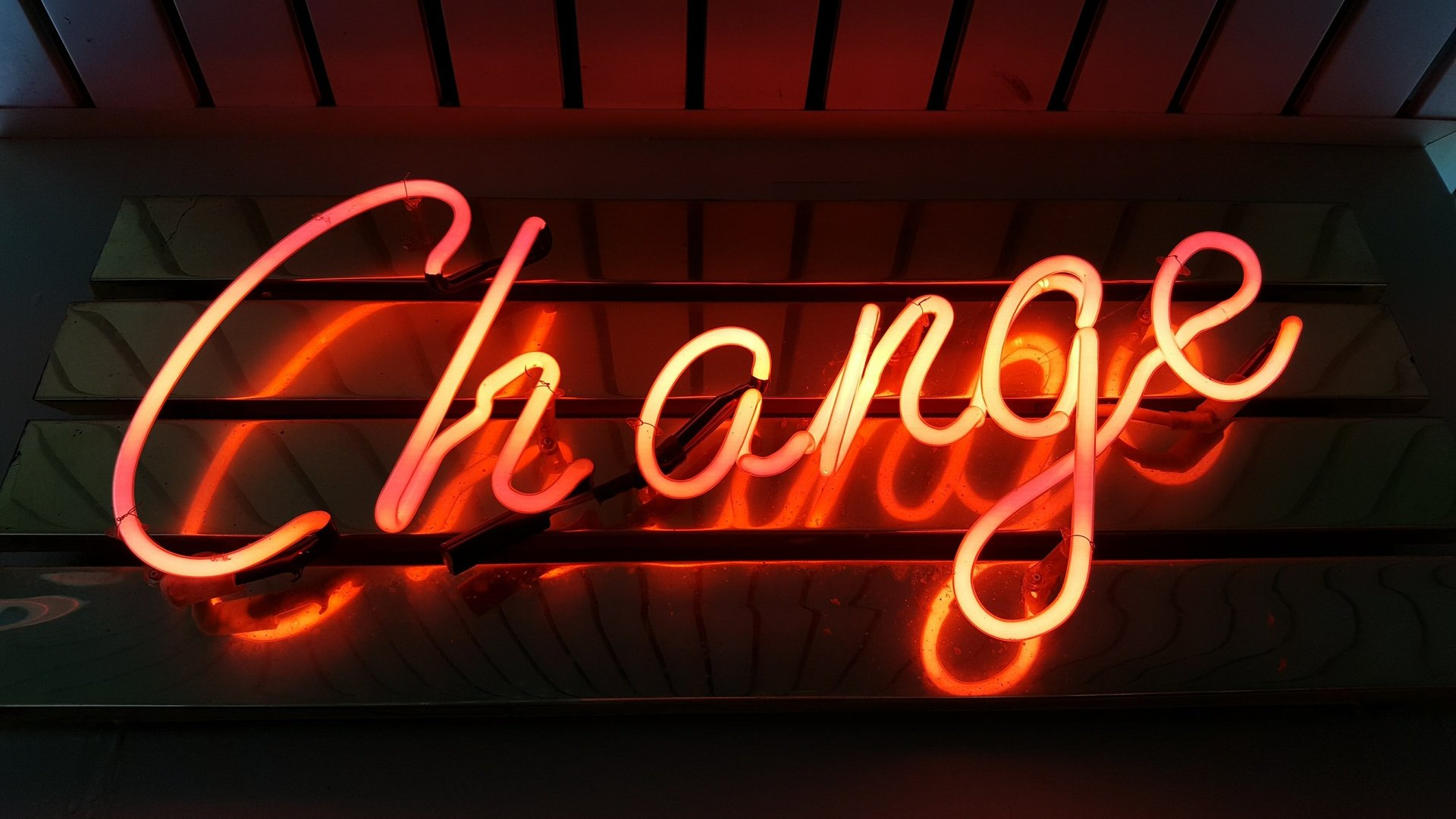
Business transformations rarely fail due to the system implementations. More often than not they fail because of the lack of business readiness...lack of buy in, lack of training, not understand the need, stuck in the change curve in denial, and lack of control. Having led three major business transformations, I have the learnings and the scars! The biggest tips I can give you are...............
